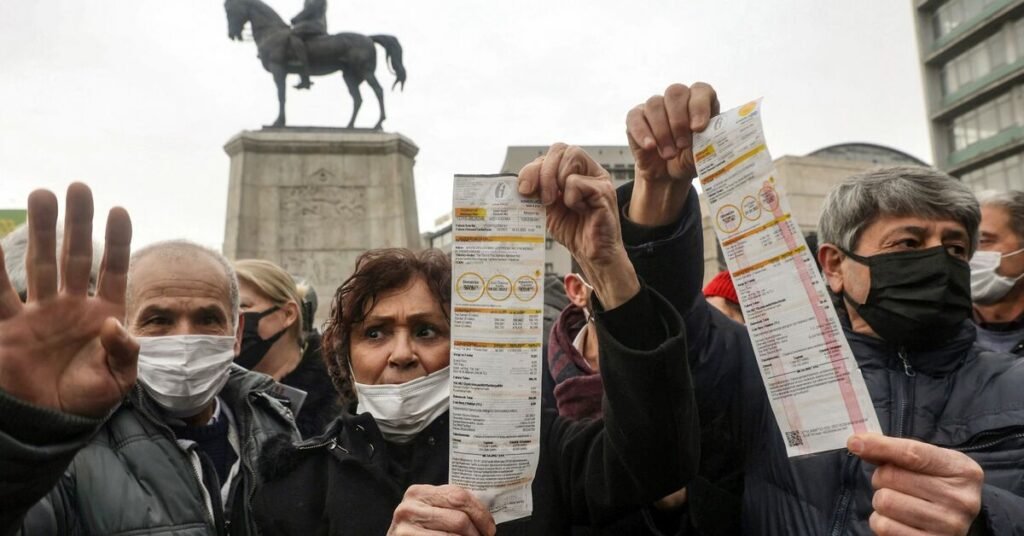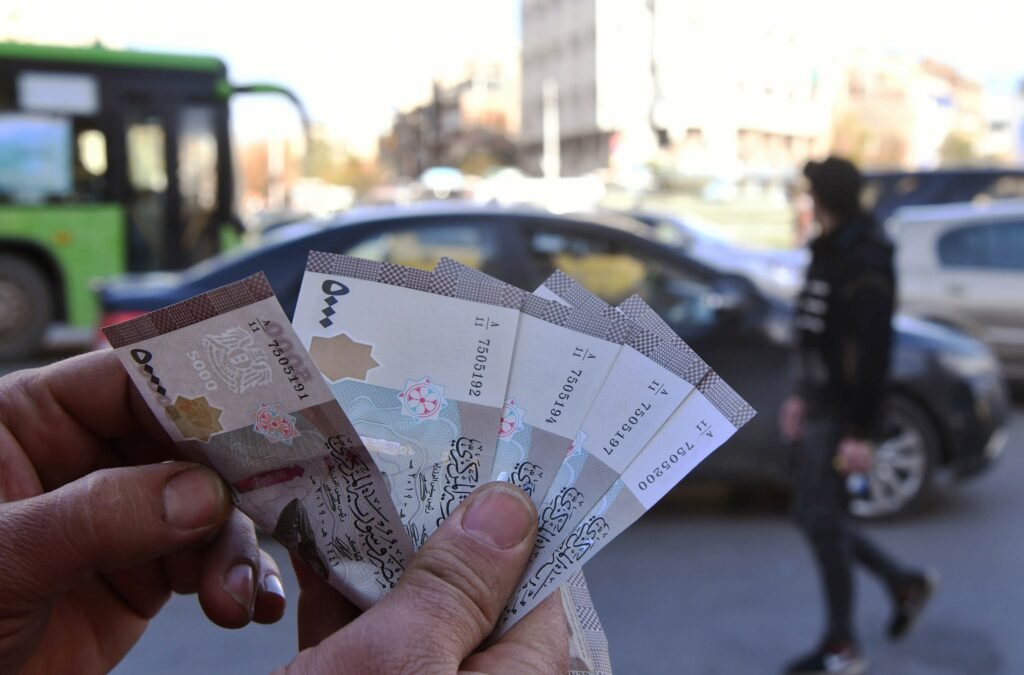Top 10 Countries with the Highest Inflation Rates
In 2024 the countries hold the highest inflation rates. Inflation is a general process that affects the lifestyle of the population of any country. This thing mainly indicates the rate of increase in prices over a given period of time. The currency of any given country buys less than it did in previous times.
There are many countries with the highest inflation rates facing difficulties in affording basic necessities such as food prices, energy costs, and clothing. As we look at the countries with the highest rates, we’re going to explore what affects inflation rates as well as how they’re measured.
Inflation is not only affecting the lifestyle but also the economy from consumer spending to government programs and interest rates. Understanding inflation around the world is crucial because inflation can reduce the value of investment returns.
Here is the list of the Top 10 Countries with the Highest Inflation Rates in 2024–
10. Poland
Inflation Rate- 13%
Poland has experienced a notable increase in inflation, with the inflation rate reaching 13%. This rise in prices has posed challenges for the Polish economy and consumers. Several factors have contributed to this inflationary pressure. One key driver is the global increase in commodity prices, particularly energy, and food, which has affected Poland as a net importer.
Additionally, supply chain disruptions caused by the COVID-19 pandemic have impacted production and distribution, leading to higher costs. The Polish government’s expansionary fiscal policies, including increased public spending and social programs, have also played a role in driving up prices. To address this issue, the Polish central bank has implemented monetary tightening measures, including interest rate hikes, to curb inflation.

9. Ukraine
Inflation Rate- 17.9%
Ukraine has experienced a relatively high inflation rate of 17.9%, which has posed challenges for the country’s economy and its citizens. The inflationary pressures have been influenced by several factors. One major factor is the depreciation of the Ukrainian hryvnia, which has increased the cost of imported goods and services. Additionally, fluctuations in global commodity prices, particularly energy prices, have also contributed to inflation.
The COVID-19 pandemic and its associated disruptions to supply chains have further intensified inflationary pressures. Rising inflation has eroded the purchasing power of consumers, making it more difficult for individuals and households to afford basic necessities. It has also impacted businesses, particularly those reliant on imported inputs. To address inflation, the Ukrainian government has implemented various measures, including monetary policy adjustments, fiscal reforms, and efforts to enhance domestic production.
8. Nigeria
Inflation Rate- 22.2%
Nigeria has been grappling with a significant inflation rate, currently standing at 22.2%. This high inflation rate has posed challenges to the country’s economy and its citizens. The rising prices of goods and services have eroded purchasing power, making it increasingly difficult for people to afford basic necessities.
The factors contributing to Nigeria’s inflation include supply chain disruptions, rising food prices, exchange rate fluctuations, and structural challenges within the economy. The Nigerian government has implemented measures to address the issue, including monetary policies aimed at price stability and interventions to support agricultural production.

7. Egypt
Inflation Rate- 30.6%
Egypt’s inflation rate of 30.6% has presented significant challenges to the country’s economy and its population. High inflation erodes purchasing power, reduces consumer confidence, and puts a strain on households’ budgets. The rising prices of goods and services have particularly impacted low-income and middle-class households, increasing the cost of living and exacerbating poverty levels.
The Egyptian government has implemented various measures to address inflation, including monetary policy adjustments, subsidy reforms, and fiscal tightening. Efforts to stabilize the currency, attract foreign investment, and promote economic diversification are also being pursued.
6. Pakistan
Inflation Rate- 38%
Pakistan has been grappling with a high inflation rate, with the most recent figures indicating an alarming rate of 38%. Several factors have contributed to this sharp rise in inflation. One significant factor is the increase in energy costs, particularly electricity and fuel prices. This has led to higher production costs, which have been passed on to consumers in the form of higher prices for goods and services.
Additionally, food inflation has been a major concern, with rising food prices impacting households’ budgets. Structural issues such as supply chain disruptions, hoarding, and inadequate agricultural infrastructure have contributed to the food inflation problem. Moreover, the depreciation of the Pakistani rupee against major currencies has made imported goods more expensive, further fueling inflation.

5. Turkey
Inflation Rate- 43.68%
Turkey become the second country with the highest inflation rate after the COVID-19 pandemic and the war in Ukraine is believed to be contributing factor to Turkey’s high inflation rates.
The problems in Turkey have been going on for years since 2013 when the currency steadily dropped in value. When this happens, items brought from abroad are more expensive. When most goods are imported, weaker currencies lead to higher prices. When this happens and salaries cannot keep up, the inflation rate is negatively impacted.
4. Argentina
Inflation Rate- 109%
Argentina is the first country in Latin America with the highest inflation rate. The fact is this is the third-largest economy that posted its highest annual inflation rate in three decades in 2024. It is dealing with a political crisis, price hikes, and the government’s lack of a viable economic plan. Argentina has been suffering from runaway price hikes for some time now with nothing being done to improve the situation. The total Inflation rate is 109%.

3. Syria
Inflation Rate- 139%
Syria has been facing a severe economic crisis, with a staggering inflation rate of 139%. This rapid rise in prices has had devastating effects on the Syrian population, pushing many into poverty and exacerbating the humanitarian crisis in the country. The inflation is primarily driven by the ongoing civil war, economic sanctions, and a collapsing currency. The war has disrupted the country’s infrastructure, leading to a decline in production and increased import costs.
The devaluation of the Syrian pound has further fueled inflation, as the cost of imported goods skyrocketed. The high inflation rate has made basic necessities unaffordable for many Syrians, resulting in food and medicine shortages. The economic challenges faced by Syria are immense, and addressing the inflation crisis is crucial for stabilizing the country and improving the lives of its citizens.
2. Lebanon
Inflation Rate-269%
Lebanon has been facing a severe economic crisis, with an exceptionally high inflation rate of 269%. This staggering inflation has had detrimental effects on the country’s economy and the lives of its citizens. The skyrocketing prices of goods and services have eroded purchasing power, making it extremely challenging for people to meet their basic needs. The inflationary spiral is primarily attributed to a combination of factors, including a severe depreciation of the Lebanese pound, a scarcity of foreign currency, political instability, and unsustainable fiscal policies.
The devaluation of the currency has led to increased import costs, which have further fueled inflation. The high inflation rate has exacerbated social and economic inequalities, leading to widespread protests and social unrest. The Lebanese government, along with international organizations, is facing significant challenges in stabilizing the economy and implementing measures to curb inflation and restore economic stability.

1. Venezuela
Inflation Rate- 436%
Venezuela has been grappling with a severe economic crisis marked by skyrocketing inflation rates. As of the latest available information, the country’s inflation rate stands at a staggering 436%. This hyperinflationary environment has had devastating effects on the Venezuelan economy and its people.
The devaluation of the national currency, the bolivar, has eroded purchasing power, leading to skyrocketing prices and making it increasingly difficult for citizens to afford basic goods and services. Hyperinflation has also contributed to widespread shortages of essential items, including food, medicine, and fuel. The government has implemented various measures to combat inflation, such as currency devaluations and price controls, but these efforts have had limited success. Addressing the inflation crisis remains a monumental challenge for Venezuela, requiring comprehensive economic reforms and stabilization measures.
Read More: All the Top 10 Most Expensive Luxury Cars Available in India in 2024


